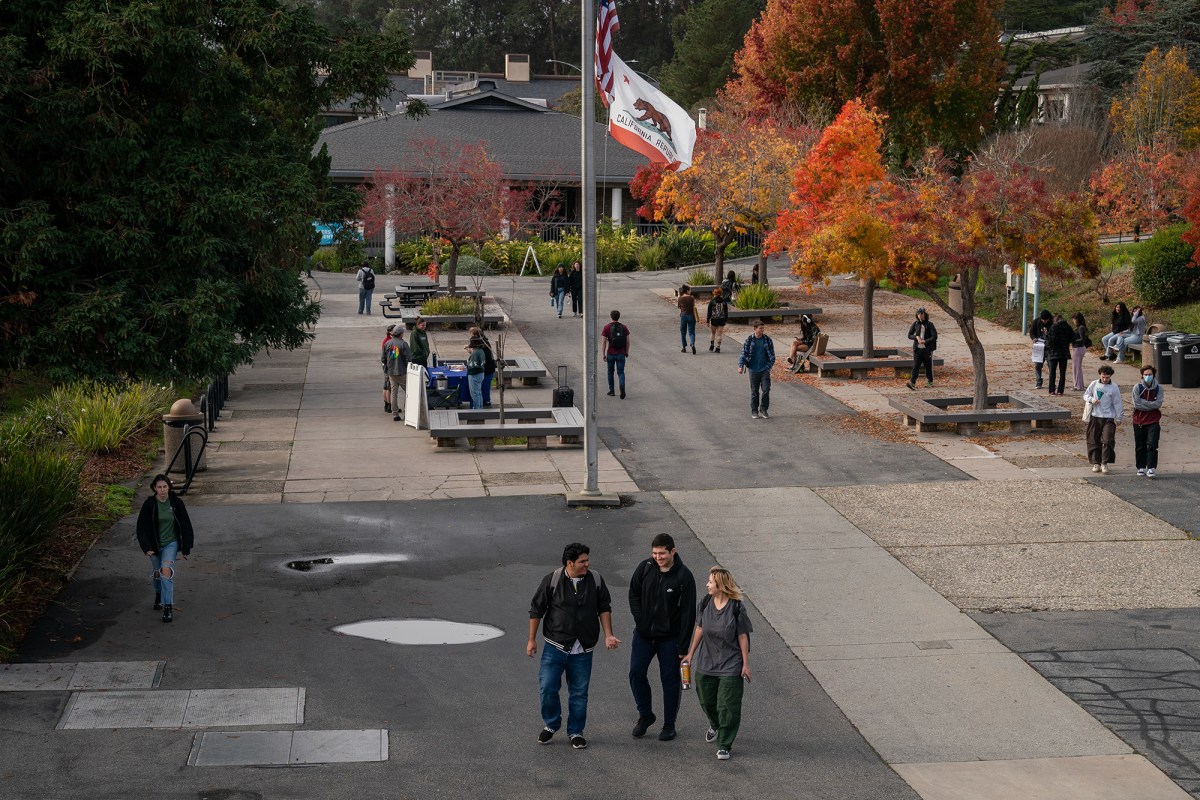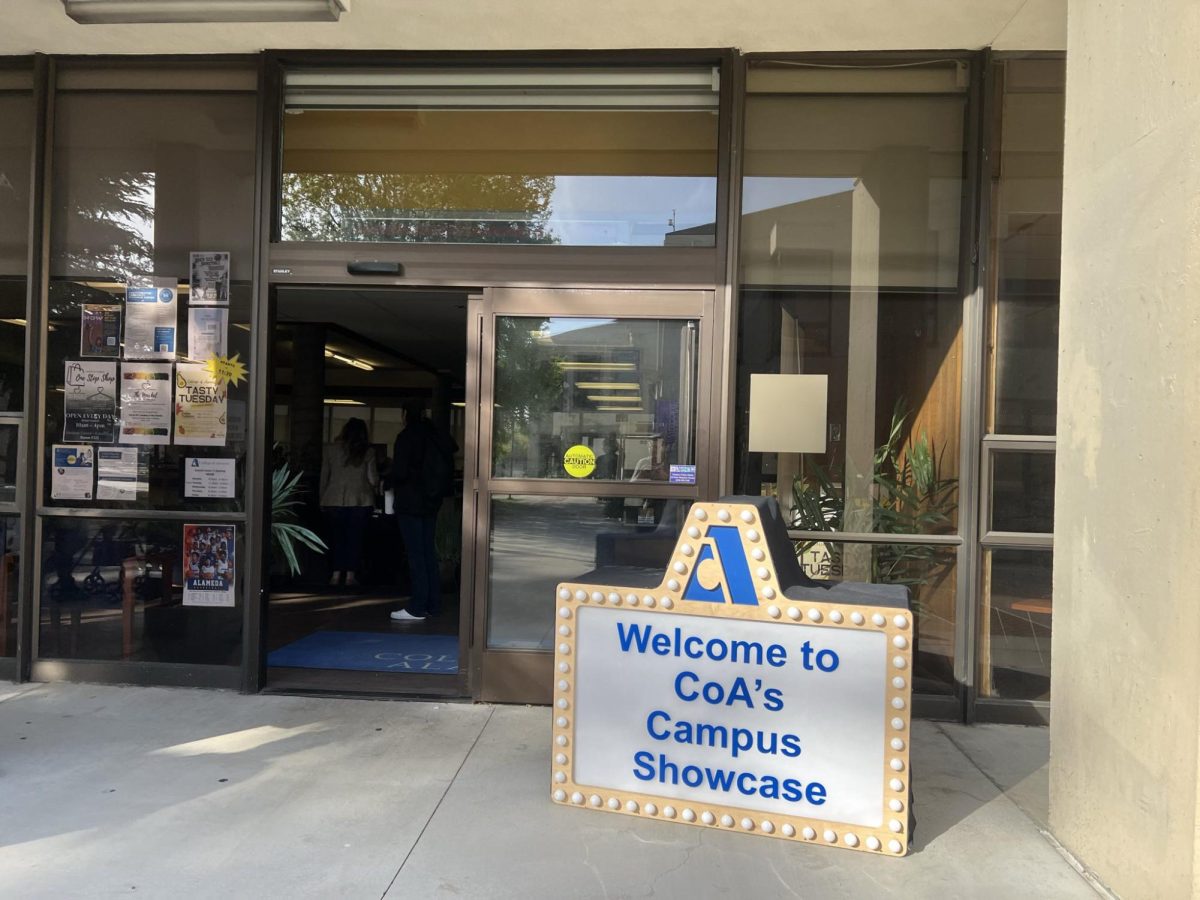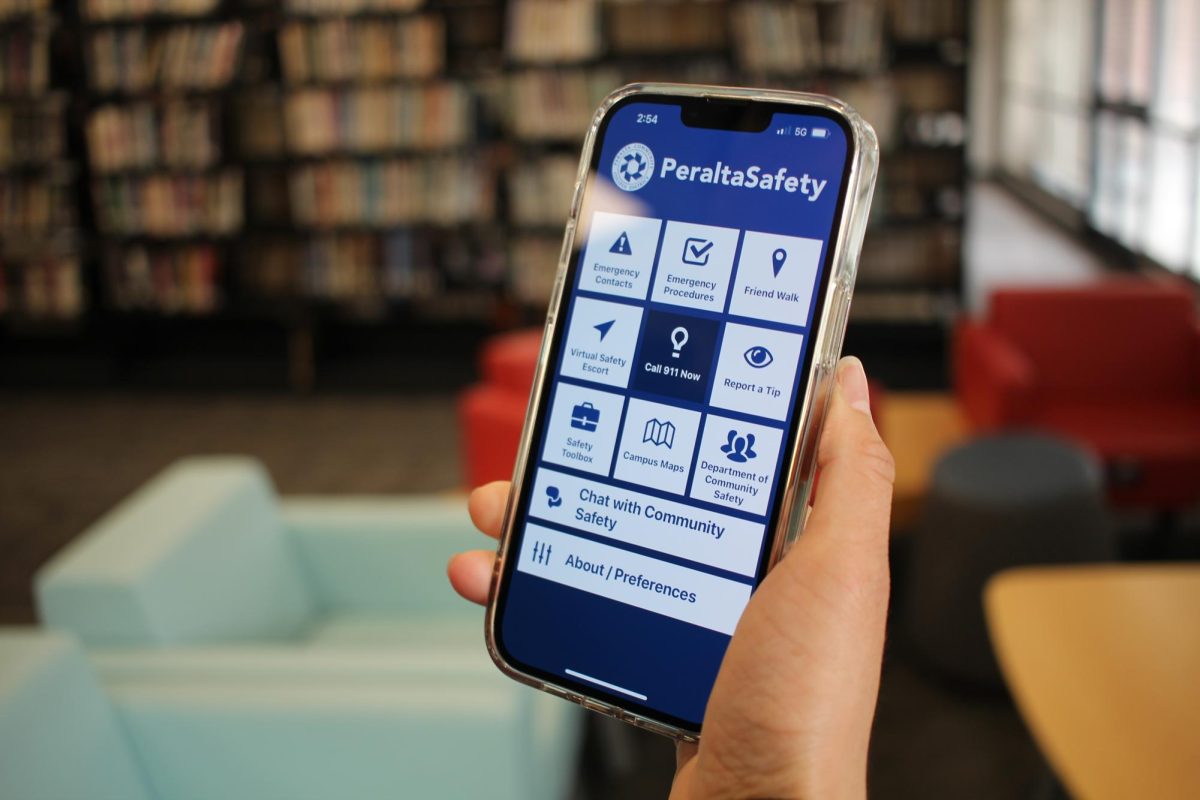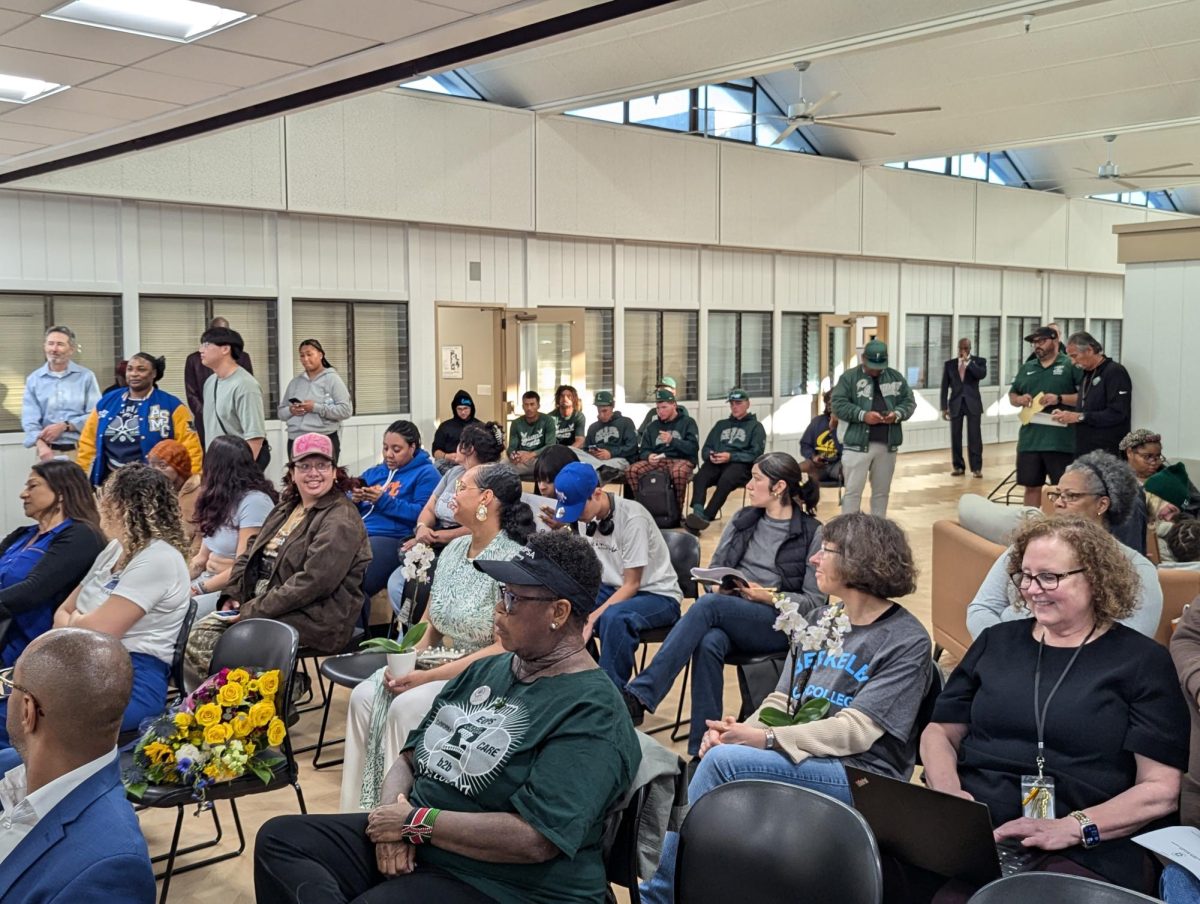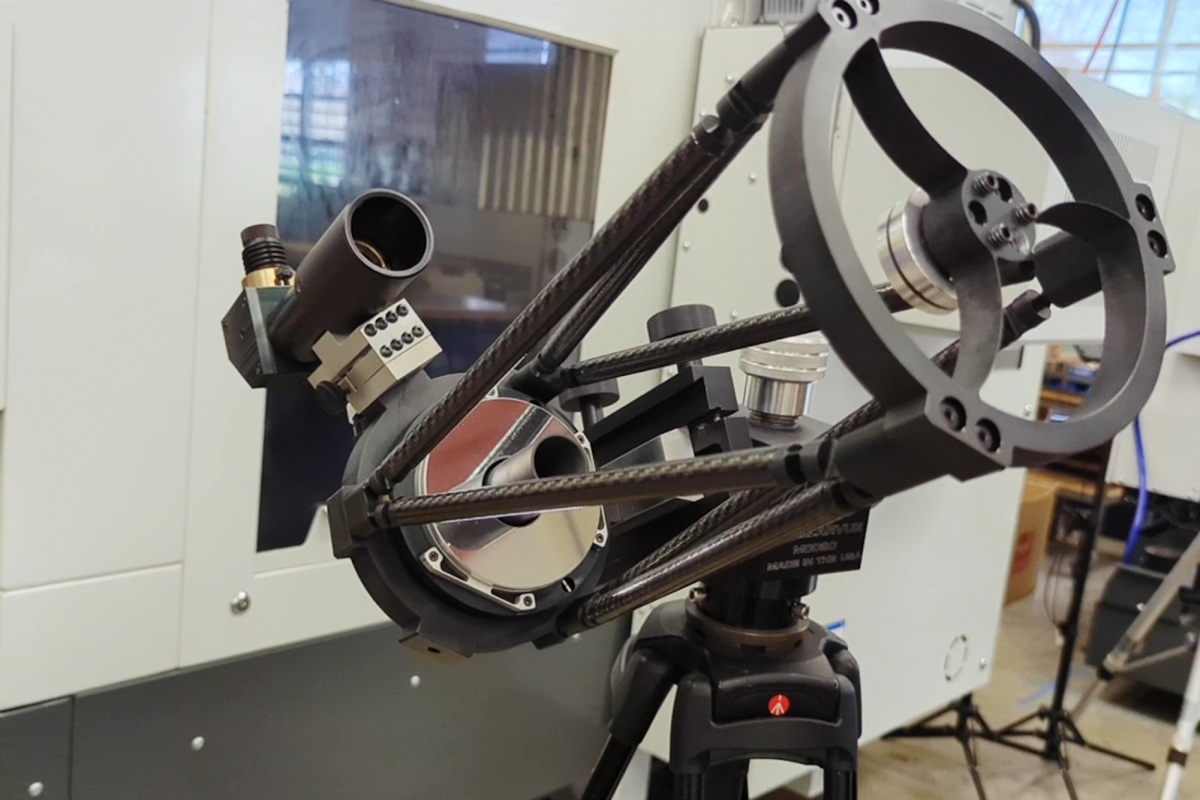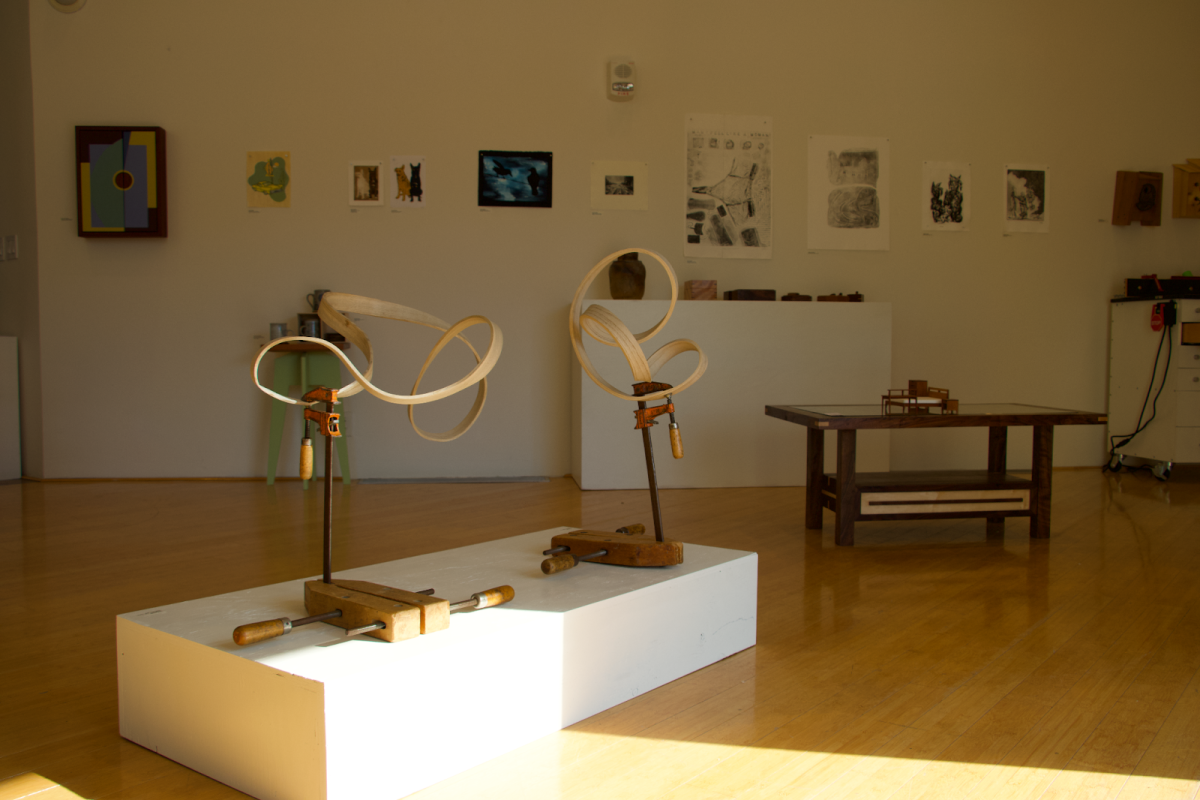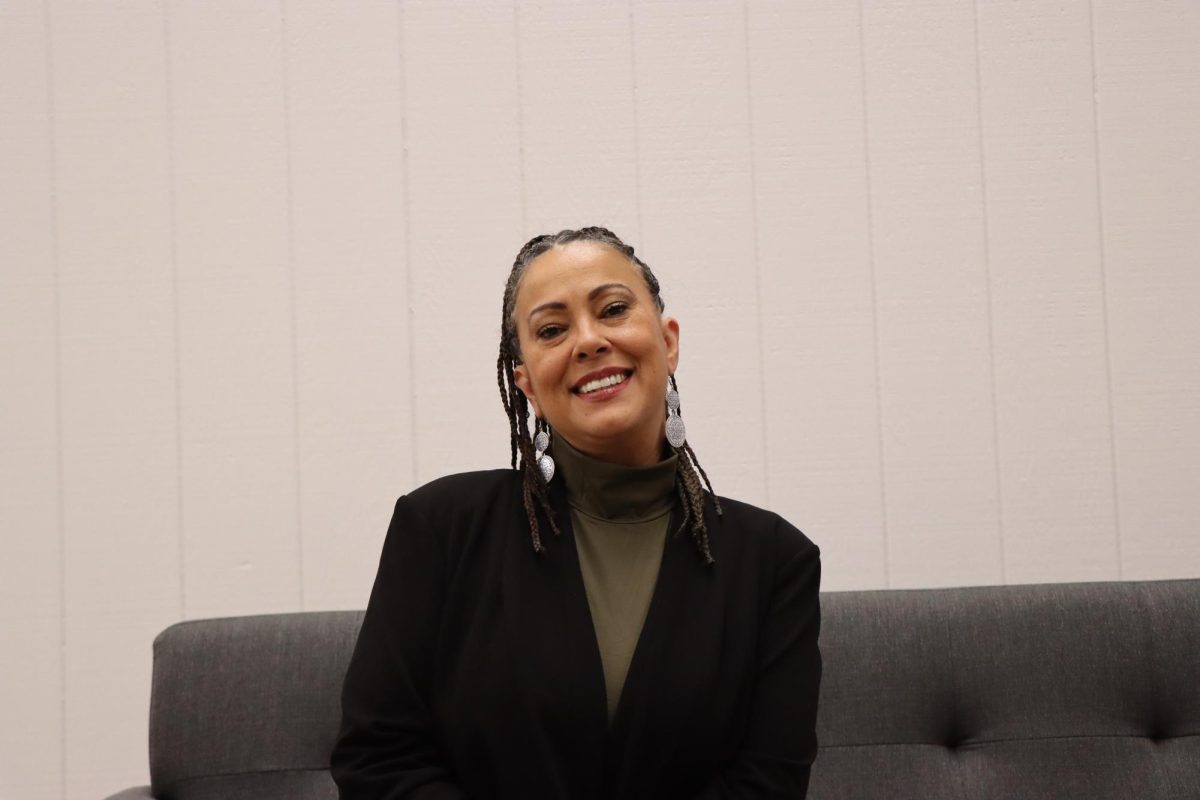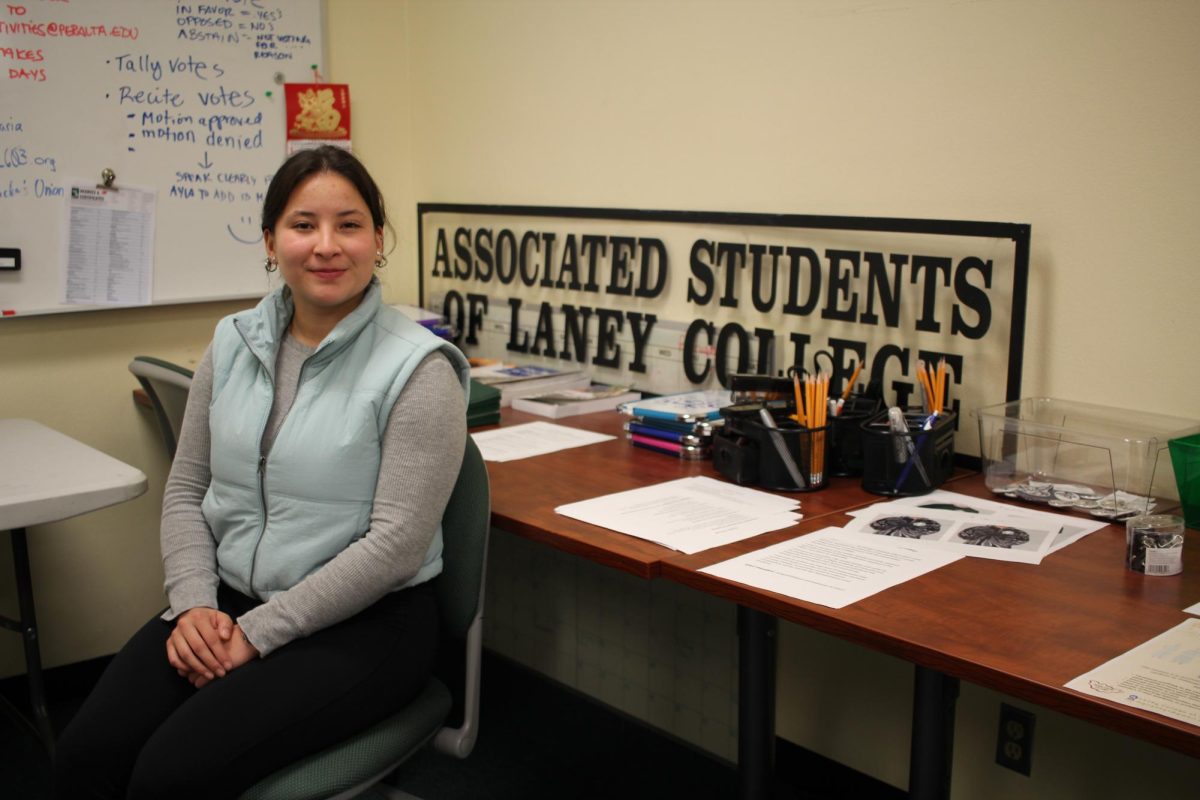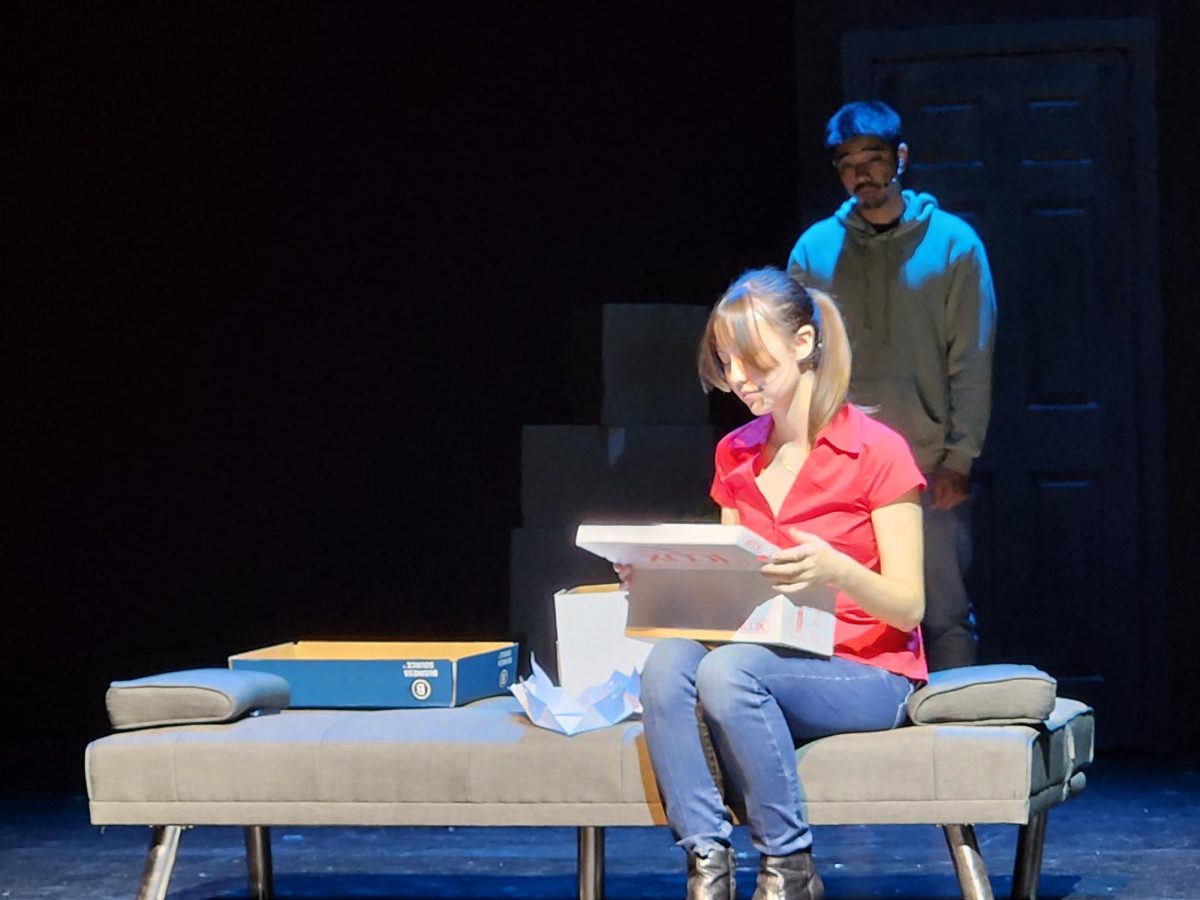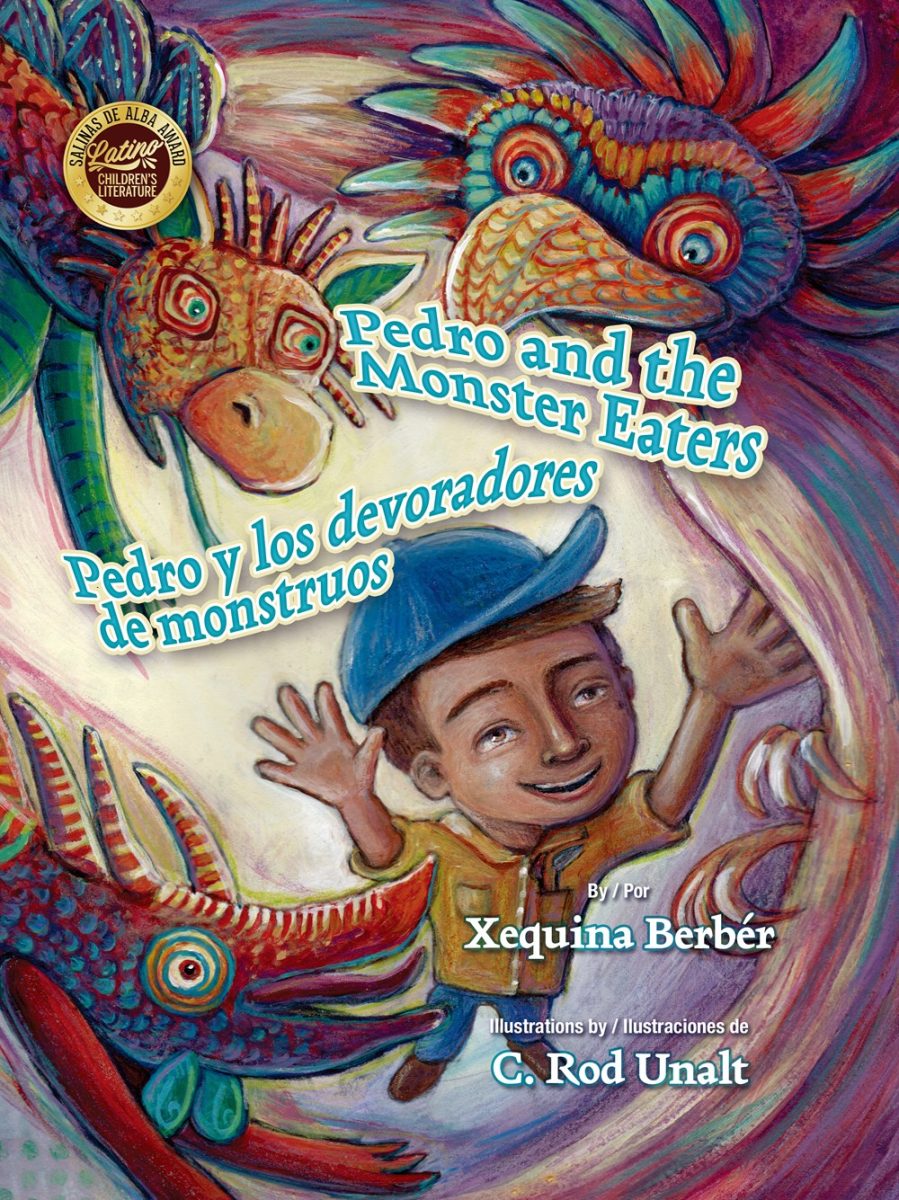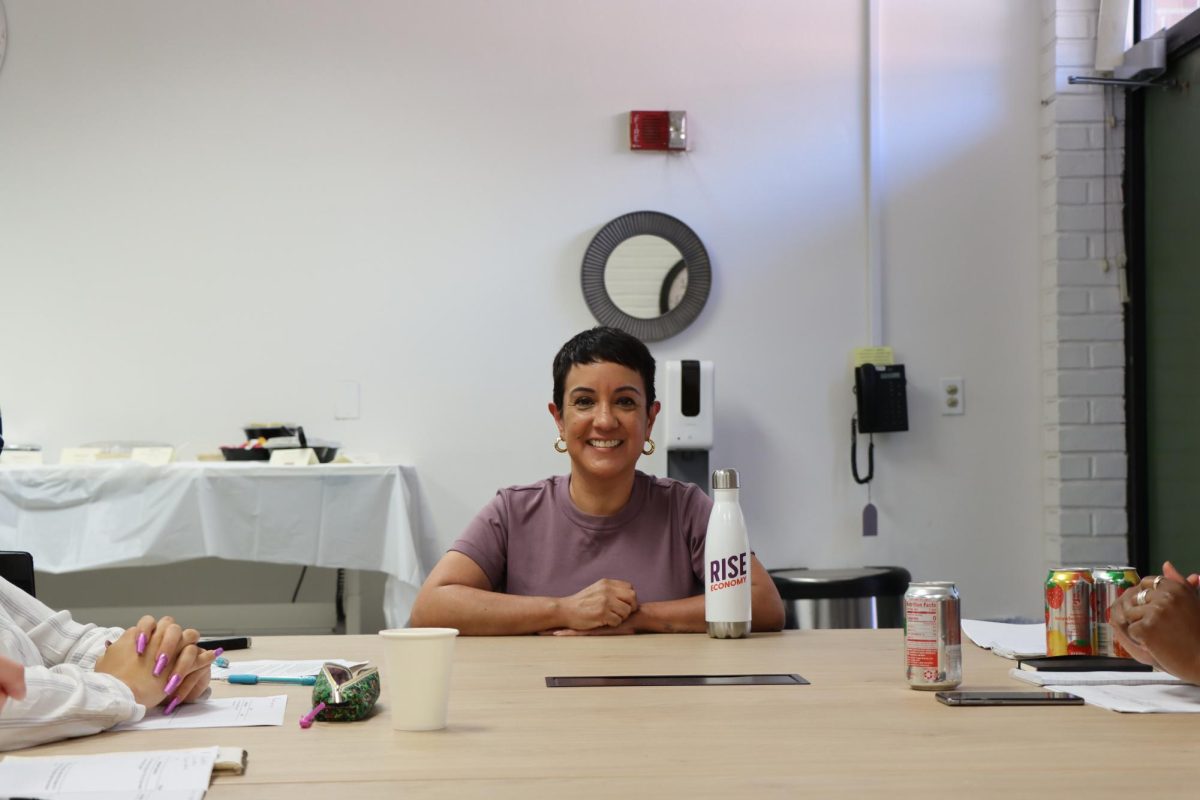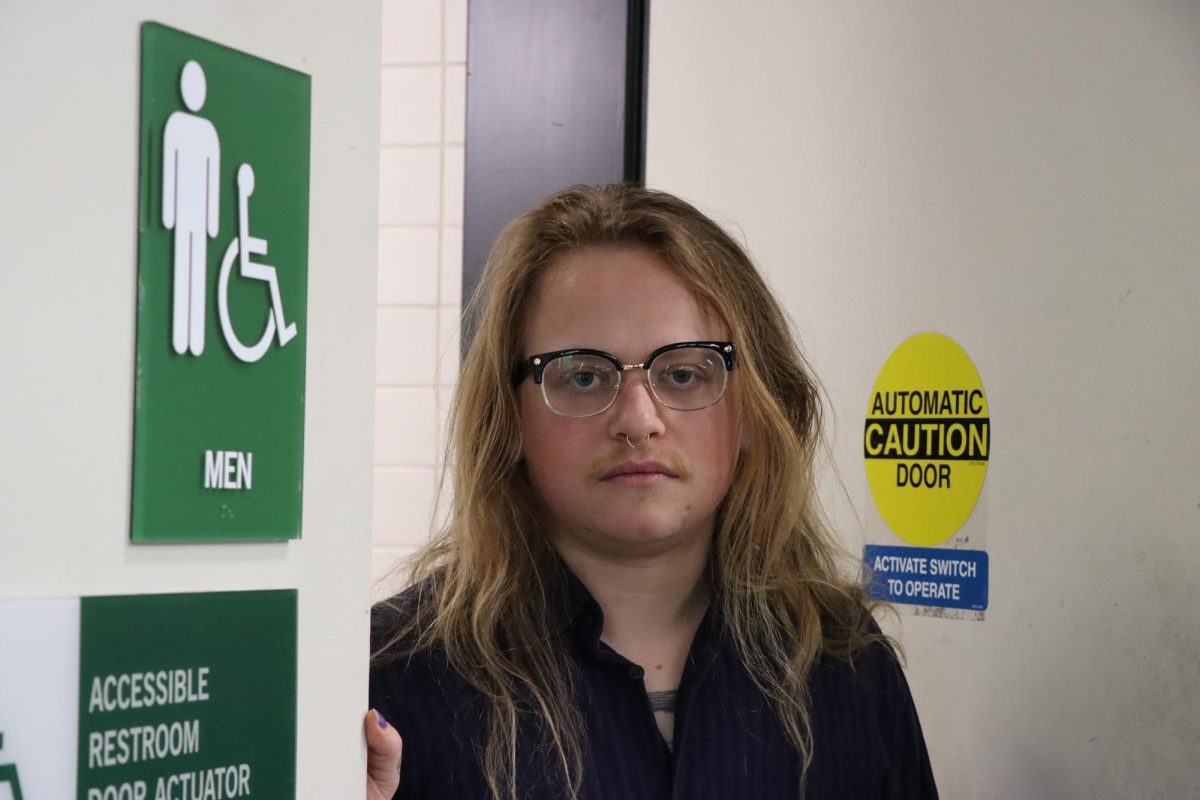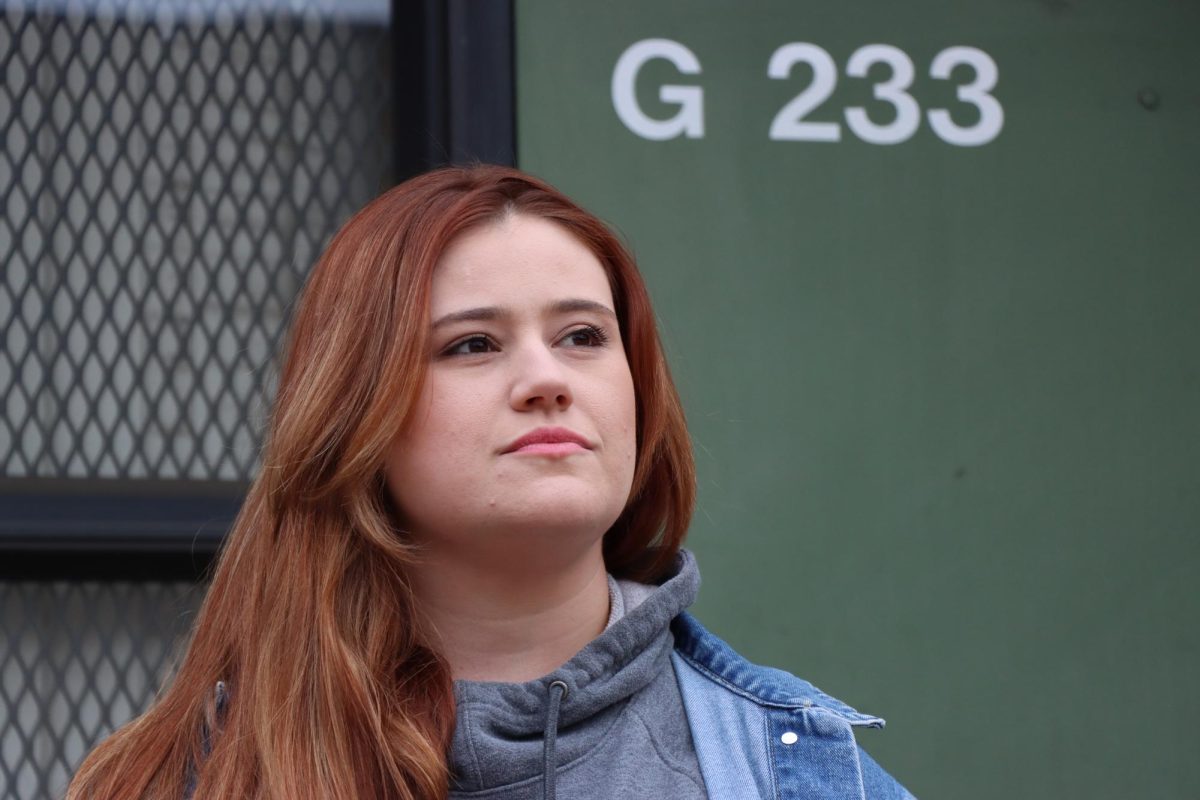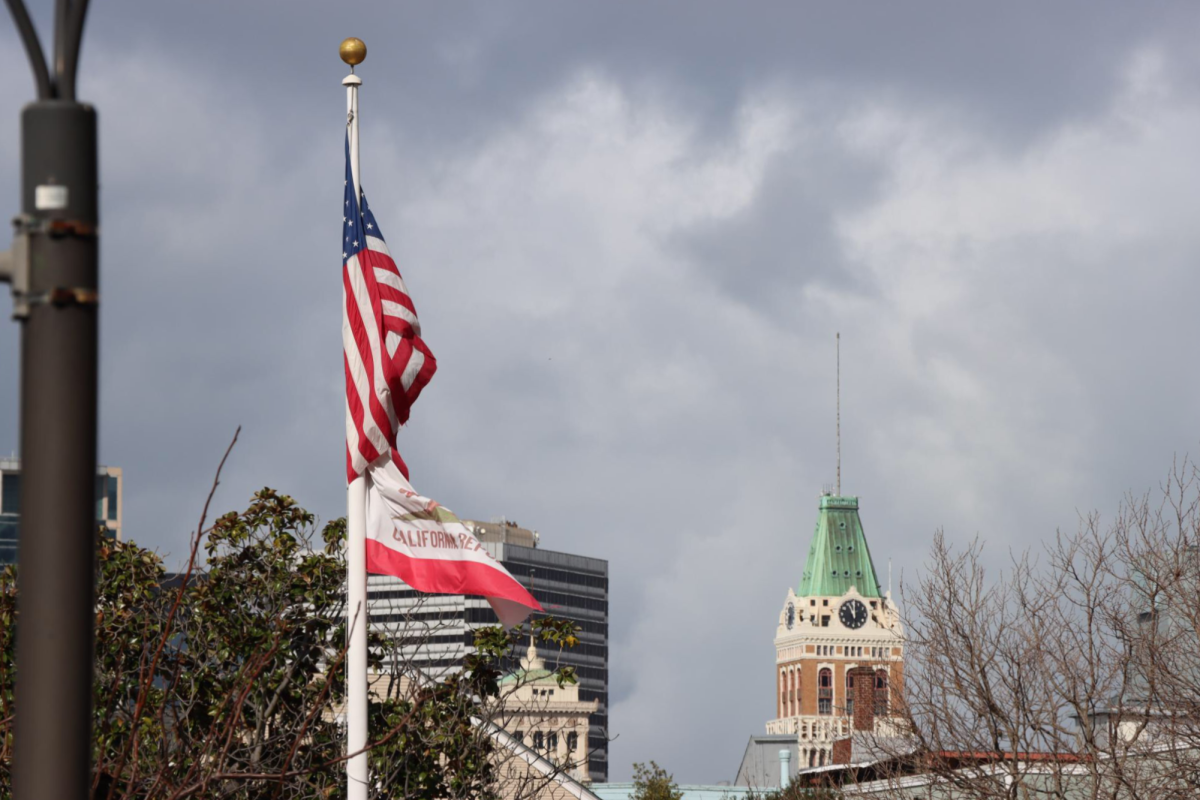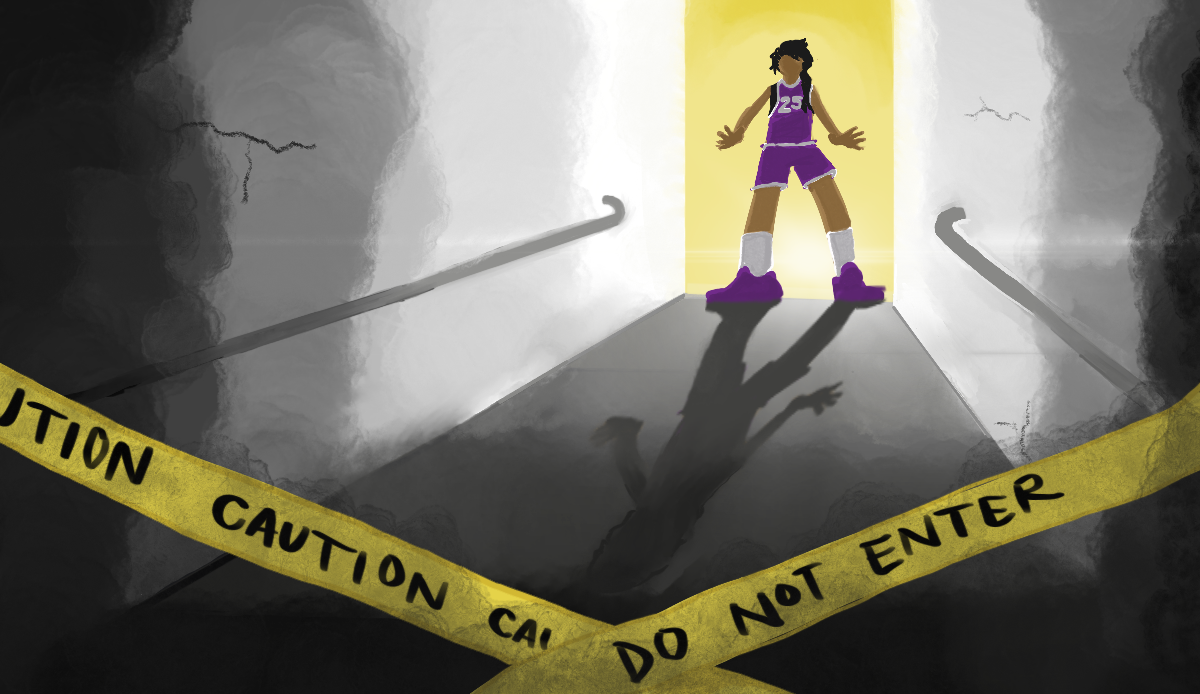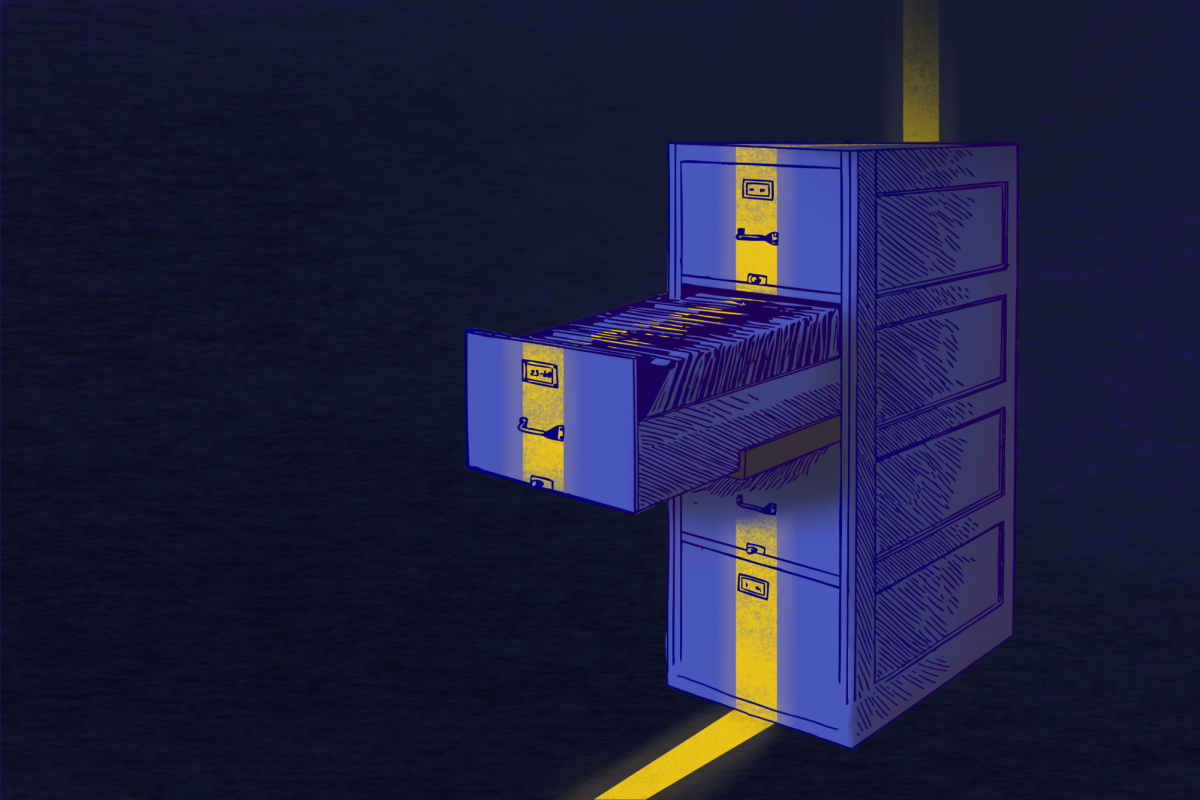During my coursework in the Peralta District I happened upon a remarkable opportunity. At the end of Professor Peter Old’s Chem 1B course at College of Alameda, he presented his project and I was extended an invitation to participate.
A mass extinction event closed the Cretaceous Period. The end of the dinosaurs is theorized to have come as a result of a meteorite impact. Today an approximately 66-million-year old layer of clay remains well preserved in parts of the world, sandwiched between older and younger layers. This is the K-Pg boundary, and locked within are clues to this ancient mystery.
The project involves a specific mineral anomalously found in this layer. It is a mineral typically characteristic of the Earth’s mantle far below its surface. Unless the meteorite brought this mineral down with it, it would have had to have been ejected from the Earth itself.
The latter would be at odds with the widely accepted notion that a single impact occurred at a known site in Mexico, a site unlikely to have ejected mantle material. With enough of this mineral further analysis could be performed, bringing further insight into what happened tens of millions of years ago.
Olds’ work is his passion and I am lucky to contribute to his project. Helping research, collaborate, and develop the procedure has been educational and empowering. It had never occurred to me that I could be on the cutting edge, seeking answers that shape mankind’s understanding of everything.
Like many community college students, I balance school with work and other life responsibilities. Associate degrees in Math and Natural Science from Laney along with the lab skills and good references gained through this project helped me obtain a great paying part-time job in a lab, providing me with a means to continue my education.
The project is incomplete, yet there is plenty of K-Pg clay still to process. With district access to the Hitachi TM3000 SEM and Swift ED3000 recently on loan at Merritt, few additional resources would be necessary to continue Olds’ work, which would benefit students and the Peralta district.
Increasing the variety of science resources better prepares students for diverse futures in STEM, and continuing this project would do this with minimal funding. It’s a simple way to further distinguish the Peralta district as a leader in community education.
Jon Howell is a special to the Tower. Email him at [email protected]
Categories:
New resources bring distinction to Peralta
May 2, 2014
Tags:
About the Contributor
In the fall of 2019, The Laney Tower rebranded as The Citizen and launched a new website. These stories were ported over from the old Laney Tower website, but byline metadata was lost in the port. However, many of these stories credit the authors in the text of the story. Some articles may also suffer from formatting issues. Future archival efforts may fix these issues.

